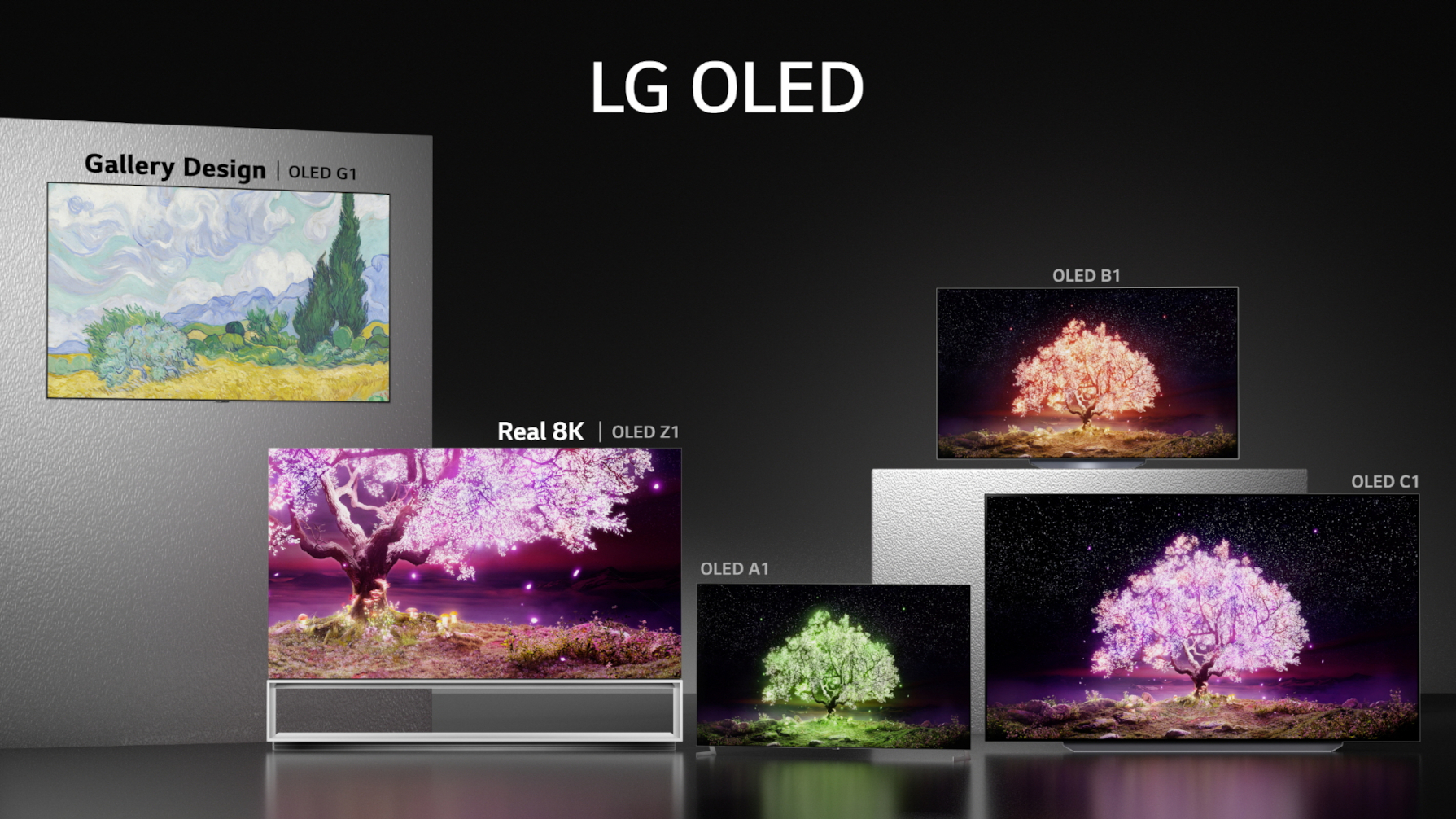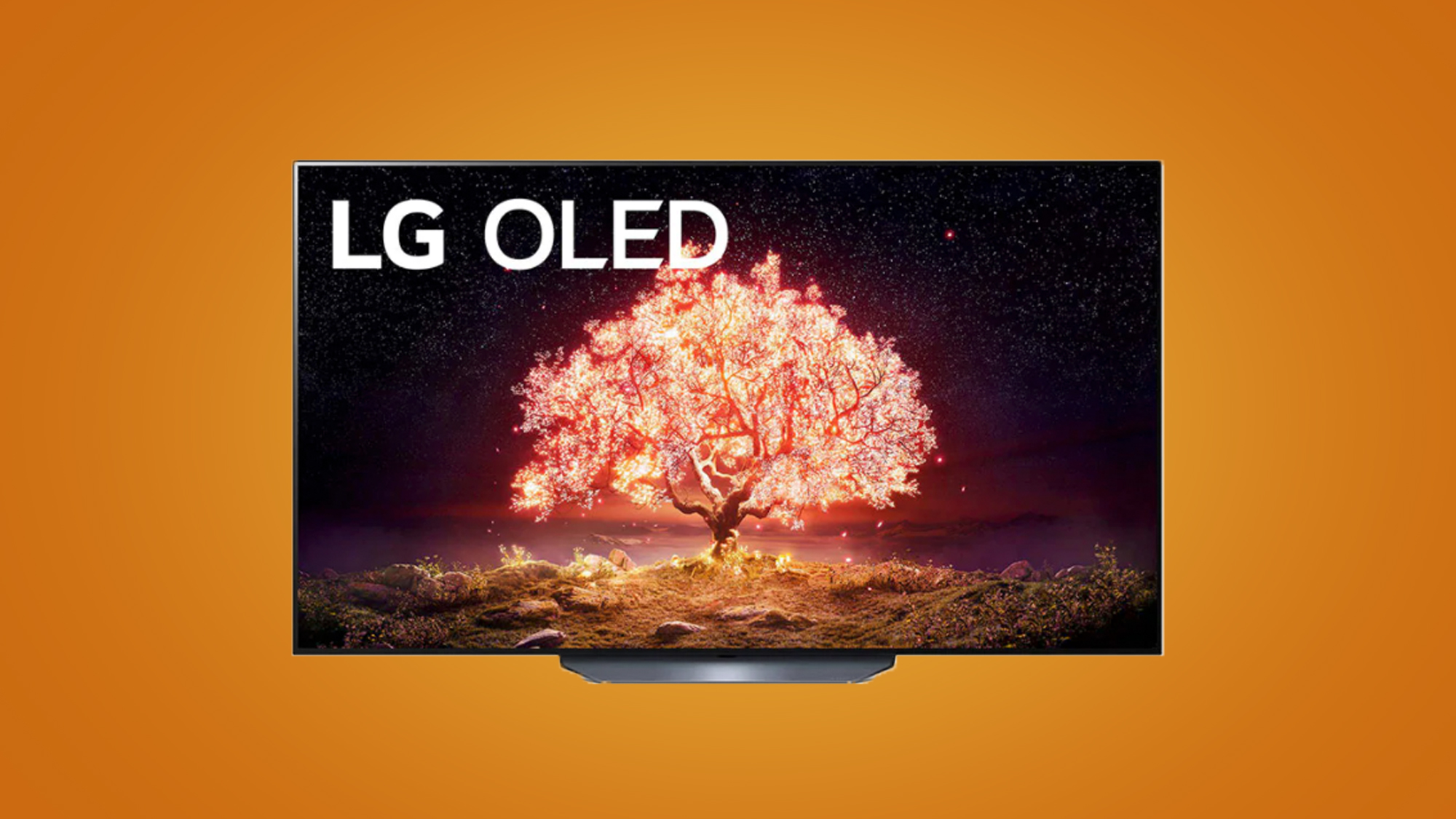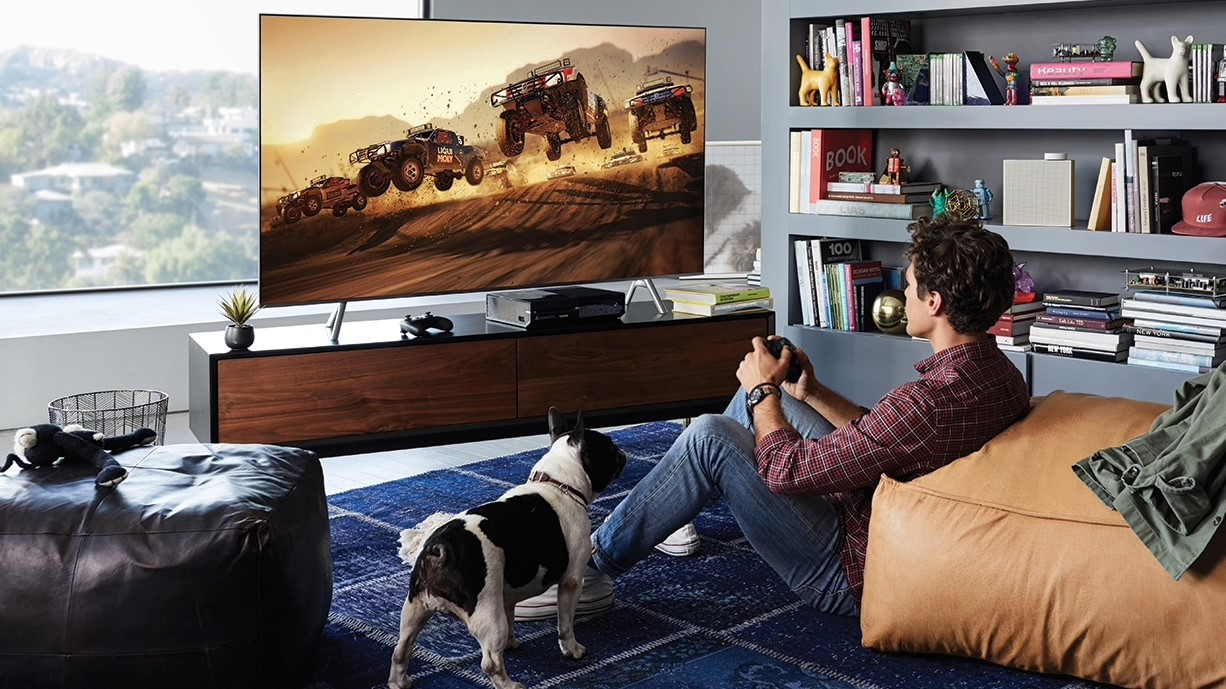Smaller is cheaper. That’s normally how it works with TVs, right? Actually, that hasn’t actually always been the case with OLED TVs. In fact, smaller has sometimes been more expensive.
But not for much longer. A new generation of affordable 4K OLED TVs are on the horizon, making it cheaper to get hold of an OLED set and more likely that both PC and console gamers will opt for OLED as their TV panel technology of choice.
The two key sizes to look out for are 42-inch and 48-inch sets, both with 4K resolutions and 120Hz refresh support. Last year it was 48-inch panels that broke the norm when it comes to size and cost. 48-inch OLED TVs can actually be more expensive than 55-inch sets – we’ll come to the reasons why momentarily – but first let’s discuss what we know about these new TVs.
The incoming class of 42-inch OLED panels are expected to cost around a third less to manufacture than existing 55-inch panels and by implication 48-inch panels (that’s just for the panel, not the rest of the TV, of course).
Still, with the likes of LG’s ultra popular 55-inch and 48-inch CX OLED TVs now available for around $1,300 / £1,300 / AU$2,800, there’s a good chance the new 42-inch size could come in under the $1,000 / £1,000 / AU$2,000 mark. Not exactly pocket money, of course, but a big step towards mainstream affordability.
As for the cheaper 48-inch OLEDs that are also expected later this year, they should only be slightly more expensive than the 42-inch class. So, you should be able to make your choice based on preference as much as price.
Why are OLED TVs getting cheaper?

It all comes down to the way the panels that go into OLED TVs are manufactured. In really simple terms, the core component is a glass section cut from a larger sheet, the latter known as the substrate or ‘motherglass’.
The size of this motherglass sheet has been growing generationally over time as manufacturing tech has improved. Currently LG dominates the production of large OLED panels for TVs. The majority of TV sets from both LG itself and other brands like Panasonic and even Sony use LG panels.
LG currently uses what’s known as 8.5G technology for making OLED panels. That involves a motherglass sheet measuring 2,500 x 2,200mm. Until recently, LG could only cut one size of OLED from a single sheet and only on one orientation. Depending on the size of the panel, that sometimes meant large portions of the sheet went to waste.
For instance, just two 77-inch OLED panels can be cut from a single sheet. By comparison, no fewer than 10 42-inch panels can be cut from one motherglass using the latest manufacturing technology.
Recently, LG has been producing 48-inch panels by using the space left over when producing 77-inch panels. While that was an improvement over entirely wasting the spare substrate when producing 77-inch panels, it linked 48-inch production to demand for 77-inch panels, which is relatively low.
For 2021, LG will be allocating some motherglasses to pure 48-inch production. That will enable eight 48-inch panels to be cut from a single sheet.

Anyway, according to industry analysts Display Supplychain Consultants, LG plans to dramatically increase OLED production this year. For 2021, LG is set to crank out eight million large OLED panels for TVs. In 2020, LG produced around 4.4 million.
The biggest increase will be in those new 42-inch and 48-inch categories. The 42-inch class is essentially new. But LG is expected to increase production of 48-inch OLED panels fivefold in 2021 compared to 2020. Big volumes usually means lower prices, of course. So will we see sub $1,000 / £1,000 4K OLED TVs in 2021? It looks very, very possible.
A gamer's dream
It's likely that the 42-inch OLED size goes down well with gamers, especially, even if there's not a meaningful price drop over the immediately larger sizes.
That’s because of a combination of ergonomics and the inherent advantages of OLED over LCD for gaming, the most important of which is response times.
Ergonomically, if you’re buying a panel primarily for gaming, you might well want to put it on a desk and sit pretty close. In that scenario, there is definitely such a thing as too big. As for the advantages of OLED over LCD for gaming, the biggest one to consider is response time.

LCD manufacturers commonly claim pixel response performance is as low as one millisecond. But that is a measure of how fast an LCD can change between two similar colours – from one shade of grey to another. Measure how long it takes an LCD pixel to complete the transition from fully ‘on’ to fully ‘off’, from white to black, and the result will be an order of magnitude slower. You’ll be looking at over 10 milliseconds, perhaps even 15 milliseconds or more.
By comparison, OLED pixels can fully switch states in just two to three milliseconds. In other words, OLED delivers pixel response performance that LCD can only pretend to achieve. Faster response means sharper, clearer graphics and also better support for the high refresh rates that gamers have come to desire.
Meanwhile, some OLED brands have worked to reduce another important metric: latency.
That’s the time it takes between video output from whatever input source you are using the screen actually displaying the image. For gaming, lots of latency or lag can be pretty ruinous to how responsive a game feels. If there’s enough lag, it can make it near impossible to play competitive games online.
The likes of the LG CX has lag of well under 20 milliseconds in its low latency mode, making it comparable to an LCD gaming monitor. Combine the far superior pixel response with comparable latency, and OLED has a pretty major advantage over most gaming LCD monitors.
That’s true despite the fact that LCD monitors can now hit refresh rates as high as 360Hz, where OLED TVs top out at 120Hz. The comparison is quite technical, but the simple version is that superior response performance allows OLED to provide a comparably low latency.
Add to that OLED’s dramatically superior contrast, thanks to its per-pixel lighting, as well as better viewing angles, and it’s clear that OLED has plenty to offer gamers.
- Check out the best OLED TVs out there
from TechRadar - All the latest technology news https://ift.tt/2QF8mkB

0 coment�rios: